Thymosin Alpha 1
1. Thymosin alpha 1 is a protein hormone produced by thymus cells. It is responsible for regulating T-cell function and differentiation. It is involved in the immune system and helps regulate the production of antibodies.
2. Thymosin beta 4 is a peptide hormone that is a member of the immunoglobulin superfamily. It is secreted by thymocytes and promotes the proliferation of B lymphocytes.
3. Thymosin Beta 10 is a protein that is a member of a family of small acidic polypeptides called thymosins. It is expressed in thymocytes and is released upon activation of T-cells. It regulates the expression of genes encoding cytokines and chemokines.
4. Thymosin β 4 is a peptide that is a member of thymosin family. It is a potent inhibitor of angiogenesis. It inhibits endothelial cell migration and induces apoptosis in vascular smooth muscle cells.
5. Thymosin α 1 is a protein that is encoded by the THY1 gene. It is a major constituent of the thymus gland. It is a highly conserved molecule among vertebrates. It is a single chain polypeptide composed of 151 amino acid residues. It is a glycoprotein.
6. Thymosin γ 1 is a protein that belongs to the thymosin family of peptides. It is a natural product isolated from bovine thymus. It is a single polypeptide chain containing 153 amino acids. It is a water soluble, noncovalently linked dimer of two identical subunits.
7. Thymosin-like 5 is a protein that is similar to thymosin. It is a small acidic polypeptide that is present in the cytoplasm of thymocytes. It is a type of thymosin.
8. Thymosin related peptide (TRP) is a protein that is structurally related to thymosin and is a member of the thymosin superfamily. It is a naturally occurring peptide that is derived from the N-terminal region of the precursor of human prothymosin alpha. TRPs have been identified in many species including humans, mice, rats, rabbits, cows, sheep, pigs, dogs, cats, horses, chickens, frogs, fish, and insects.
9. Thymosin Related Peptide 2 is a protein that is closely related to thymosins. Its structure is similar to that of thymosin, but its sequence differs at several positions. It is a member of the family of thymosin-related peptides.
10. Thymosin Receptor Beta 4 is a protein that is involved in the regulation of cellular proliferation and differentiation. It is a member the immunoglobulin receptor superfamily. It is expressed in activated T-lymphocytes and binds to thymosin β 4.
11. Thymosin Zeta is a protein that is coded by the THYZ gene. It is a member that is a member of immunoglobulin supergene family. It is a single-chain polypeptide consisting of 152 amino acid residues. It contains a disulfide bridge between Cys-14 and Cys-49.
12. Thymosin zeta 4 is a protein that belongs in the thymosin beta family. It is a polypeptide that consists of 149 amino acids. It is synthesized in the thymus and is released after stimulation of T-cells.
13. Thymosin, beta 4 is a protein that has a molecular weight of about 14 kDa. It is a member in the thymosins family. It is a peptide hormone produced by thymocytes. It stimulates the proliferation of B lymphocyte.
14. Thymosin, beta 10 is a protein that has an estimated molecular mass of 13 kDa. It is an acidic polypeptide belonging to the thymosins.

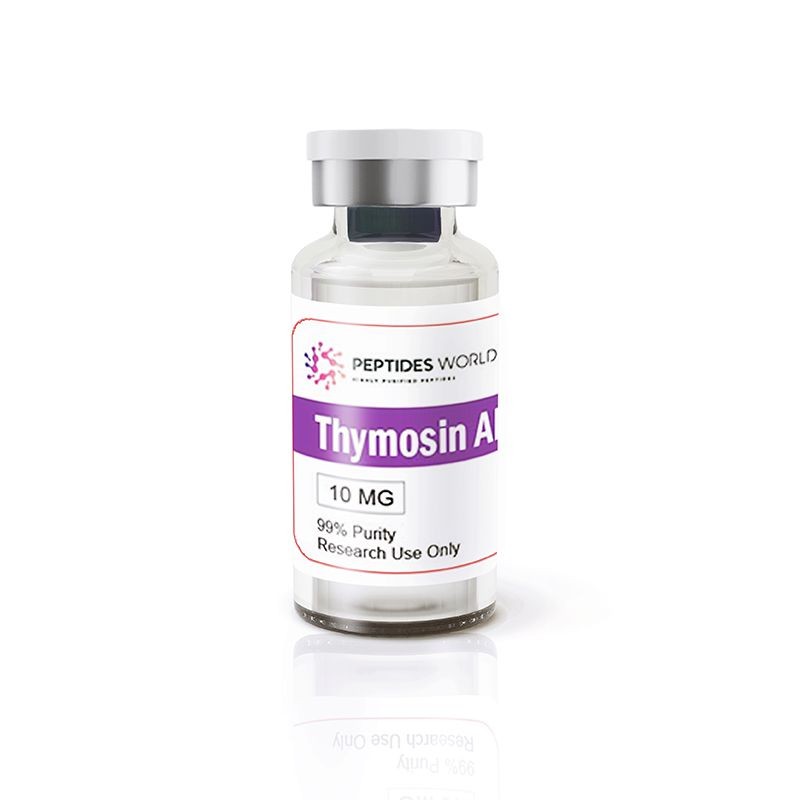

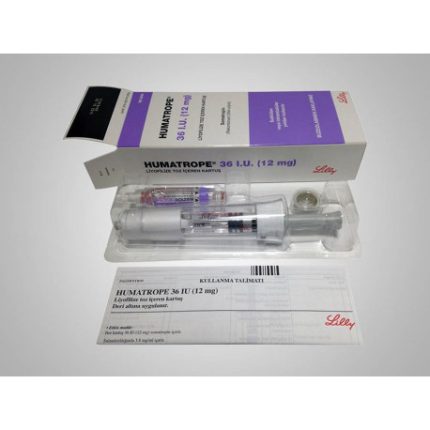



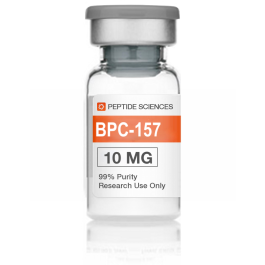
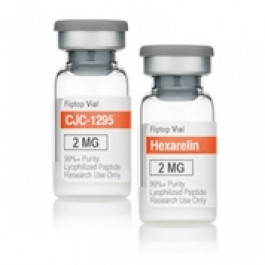

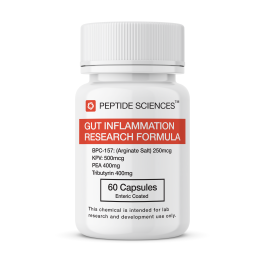

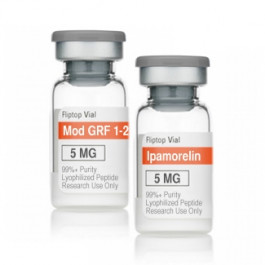

Reviews
There are no reviews yet.